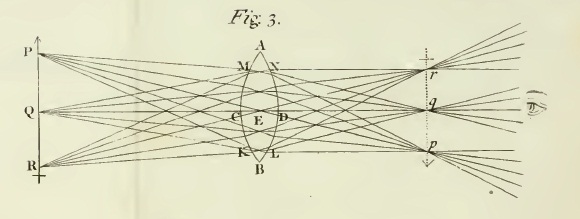
Then as now, the real issue concerned the quality of the work of art that emerged, which is why we variously refer to such derivations as plagiarism or homage
By David Eskerdjian | From issue 222, March 2011
Published online 9 Mar 11 (Opinion)
Fair copy: Titian’s Flaying of Marsyas, about 1575, and Giulio Romano’s drawing, a possible source
Alleged copyright infringements abound today (see related story), but neither the practice of artistic borrowing nor its potential legal ramifications are a novelty. In the first decade of the 16th century, the most important Italian printmaker of the day, Marcantonio Raimondi, produced what were to all intents and purposes engraved counterfeits of woodcuts by Albrecht Dürer, and in his Lives of the Artists, of 1568, Vasari alleges that when Dürer complained to the Venetian senate “he got nothing but the sentence that Marcantonio could no longer add the name or monogram of Albrecht to his works”.
A few years later, in the colophon to the 1511 edition of his Life of the Virgin, Dürer railed against “envious thieves of the work and invention of others”, and referred to the privilege he had received from the Emperor Maximilian.
Dürer’s objection inhabits a kind of no man’s land, because it is not clear whether what most infuriated him was the rape of his technical innovation or of his artistic invention, but more generally artists must have taken less comprehensive borrowings on the chin. It was a routine aspect of their training to copy the works of their great precursors—not least those of antiquity—and of their contemporaries. Even Dürer himself engaged in such practices. In consequence, they can hardly have been surprised if every now and then they themselves fell victim to what has been dubbed the sincerest form of flattery.
It was inevitably a short step from such learning exercises to the insertion of the poses of individual figures into new compositions. As a rule, Vasari does not single out these borrowings, but that does not mean he was unaware of them, not least since he too would have been obliged to plead guilty to such lifting. Moreover, in discussing Niccolò dell’Abate’s high altarpiece for the church of San Pietro in Modena (a painting which was destroyed in Dresden during the second world war, but whose appearance is known from photographs), he states that it represented “the beheading of St Peter and St Paul, imitating in the soldier who is cutting off their heads a similar figure by the hand of Antonio da Correggio, much renowned, which is in San Giovanni Evangelista at Parma”.
Another common Renaissance procedure was to commission what were in effect replicas of existing works of art, in which the dependence was contractually stipulated by a clause employing the formulation “modo et forma” (in the manner and the form). In the event, artists often preferred to create variants on their models, but the authors of the prototypes plainly had no control over the subsequent fates of their compositions.
In truth, then as now, the real issue concerned the quality of the work of art that emerged, which is why we variously refer to such derivations as plagiarism (boo!) or homage (hoorah!). The other point about homages is the extent to which they were meant to be recognised by their audience—it is hard to imagine artists with superb visual memories hoping to conceal borrowings from their peers, for all that some of them have taken centuries to be spotted by mere art historians.
A more interesting question is whether it is necessary for the prototype to be a work of distinction in its own right. As a rule, artists tended to borrow from what they took to be the major achievements of their predecessors, but over time it has not infrequently become apparent that they were actually plundering non-Leonardos, non-Raphaels, non-Michelangelos and so on. Of course, it goes without saying that some of these productions by lesser figures are excellent works of art, but it is hard to doubt that some of their appeal resided in the mystique of the name associated with them.
Perhaps the most remarkable transformation occurs in Titian’s harrowing late canvas of the Flaying of Marsyas in Kromeriz, whose source is either an undistinguished drawing by Giulio Romano or an even more dismal small fresco in the Palazzo Te in Mantua based upon it and executed by a talentless member of his workshop. Here it might be tempting to contend that the great Venetian’s brushwork or his ability to convey emotion make all the difference, and yet there is more to it than that. In an uncanny masterstroke, Titian found something magical in Giulio’s invention, which its far from ungifted creator—who in effect threw it away in a minor part of the decoration of the palace—was unable to see.
The writer is the professor of the history of art and film at the University of Leicester

No hay comentarios:
Publicar un comentario